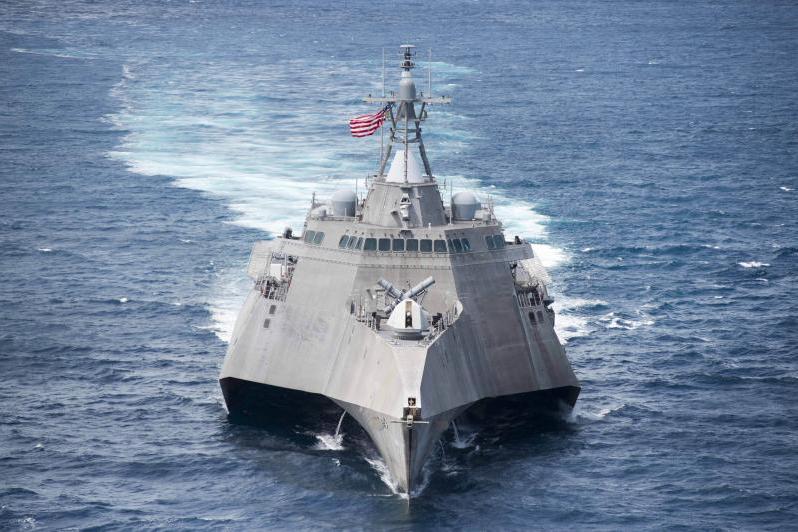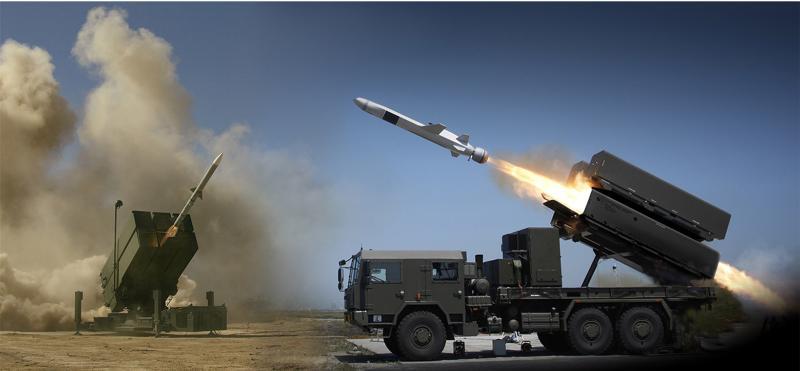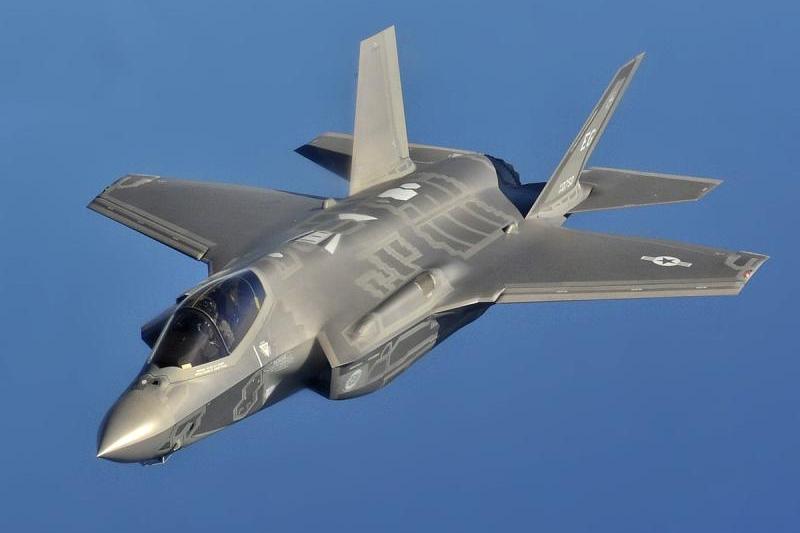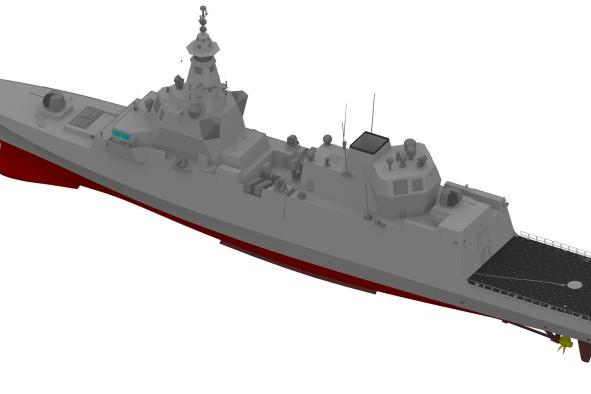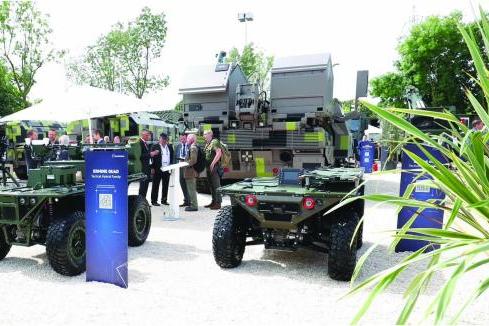BAE Systems to develop technology for next-generation sensing, imaging, and communications systems
The Defense Advanced Research Projects Agency (DARPA) has awarded BAE Systems’ FAST LabsTM research and development organization a $14 million contract for the Massive Cross Correlation (MAX) program. BAE Systems will develop technology aimed at enabling the deployment of advanced signal processing and computation on a new smaller category of military platforms.
Signal processing is at the heart of critical Department of Defense (DoD) technology such as sensing, imaging, and communications systems. Correlators are a vital tool in comparing, contrasting, and ultimately processing signals. Current digital correlators are large, power-hungry systems that are the size of a briefcase. BAE Systems’ approach to developing analog correlators will maintain or improve performance while reducing the system to the size of a hockey puck.
“Smaller and more efficient systems improve size, weight, power, and costs to allow for full-spectrum signal processing closer to the edge, or onto platforms operating in denied airspace,” said Bryan Choi, technology development director at BAE Systems’ FAST Labs. “This disruptive analog correlator technology can result in enhanced decision making, allow mission-critical technology to be deployed on smaller platforms, and create a new category of systems.”
As part of the program, BAE Systems seeks to deliver a radically more power-efficient analog correlator with high dynamic range and wide bandwidth. It will enable new capabilities including synthetic aperture radar image classification and image formation, automatic target recognition, passive coherent location, and jam-resistant communications in small form factor platforms.
Work on the program, which is part of BAE Systems’ sensor technologies portfolio, includes collaboration with subcontractor the University of Minnesota.

